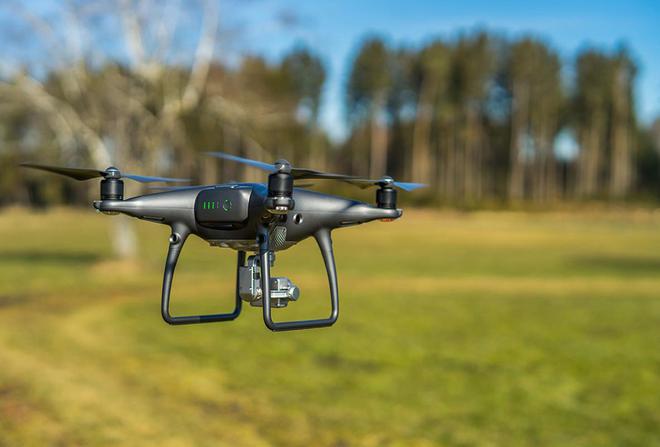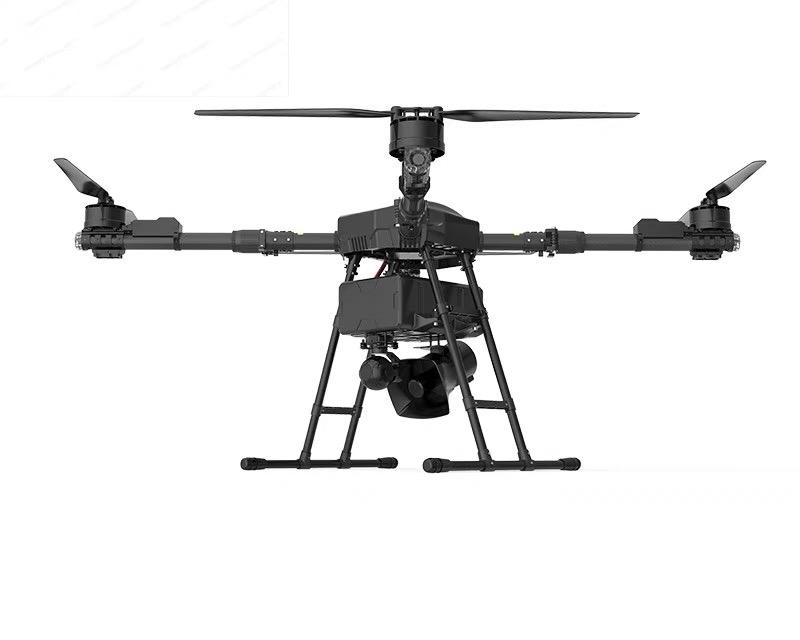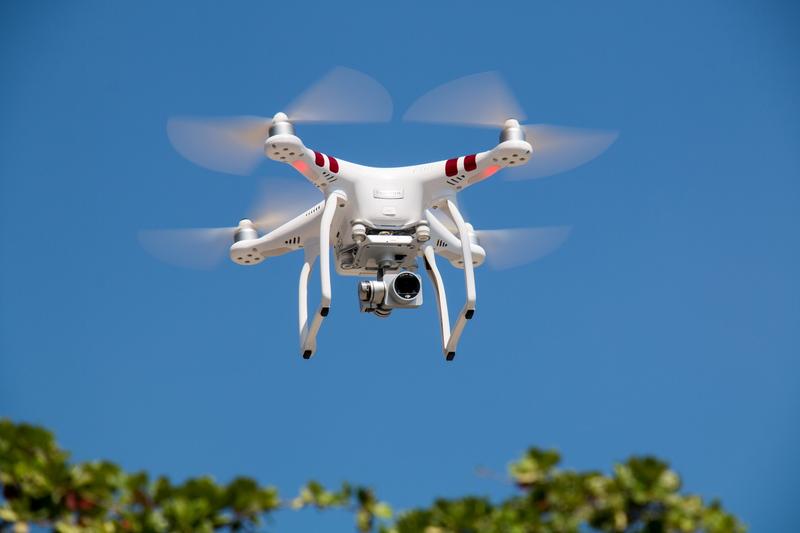In recent years, the advancements in 3D printing technology have paved the way for hobbyists and professionals alike to explore innovative methods to craft customized drones. The ability to 3D print parts at home provides an excellent opportunity to delve into the intricacies of drone creation, offering flexibility in design and material selection.
Understanding the Basics of 3D Printing a Drone
Perhaps the first thing to consider when embarking on the journey of creating a drone through 3D printing is the type of drone you want to build. Whether it’s for racing, photography, or recreational use, the functionalities and components required will vary significantly. Start by researching different designs and plans that are available online or through drone-building communities.
Use forums and social media groups to connect with experts who have experience in 3D printing drones for advice and potential blueprints.
- Frame Design: The core of your drone, the frame, can be custom-tailored to suit the drone’s intended purpose. PLA and ABS are common materials used due to their strength and lightweight properties.
- Propellers and Motors: 3D printing allows for the experimentation with propeller designs to maximize lift and efficiency. However, motors need to be purchased as they require specific mechanical and electrical properties.
- Controllers and Sensors: Integrating a flight controller and sensors is crucial for autonomous flight and stability.
Choosing the Right 3D Printer
While many 3D printers can be used to produce drone components, choosing one with a sufficient build volume and resolution is essential for quality parts. Look for printers with detailed settings to fine-tune your print jobs, ensuring intricate designs are accurately rendered.
Software and File Preparation
3D printing requires meticulously prepared files. Software like Cura, TinkerCAD, or AutoDesk are excellent choices for designing and slicing the model for printing. Learning to use these software is crucial for optimizing print settings and ensuring the drone’s parts fit together seamlessly.


Layer height, print speed, and infill density are key settings that will influence the printed product’s durability and weight, factors that are incredibly important for drones.

Advantages of 3D Printing a Drone
Customizability and the ability to rapidly prototype designs are significant advantages. You can easily swap out parts or tweak designs without the wait typically associated with traditional manufacturing processes.
Future of 3D Printing and Drones
The future looks promising for 3D printing technology and its application in drone production. As technology evolves, we expect to see lighter, more robust materials and faster print speeds. Drones will become even more accessible to enthusiasts, encouraging further innovation and entry into the field of aerial robotics.
Frequently Asked Questions
- What type of filament is best for drone parts?
PLA and ABS are popular choices for their strength, but consider nylon for flexibility or carbon-fiber infused filaments for added strength. - Can you 3D print drone electronics?
While you can print components like the frame and propellers, electronics such as controllers and motors need to be purchased separately. - How do I ensure my printed drone flies well?
Proper calibration of the flight controller and regular maintenance of moving parts are critical for optimal flight performance.
